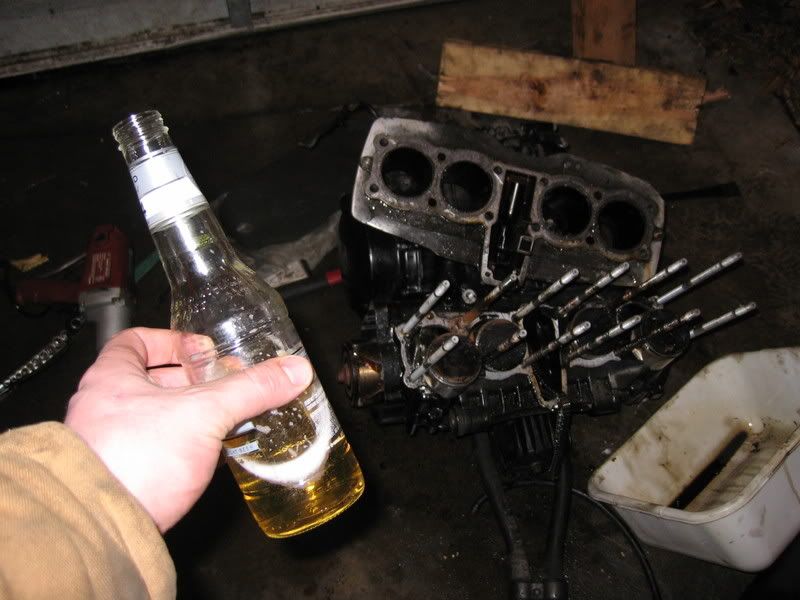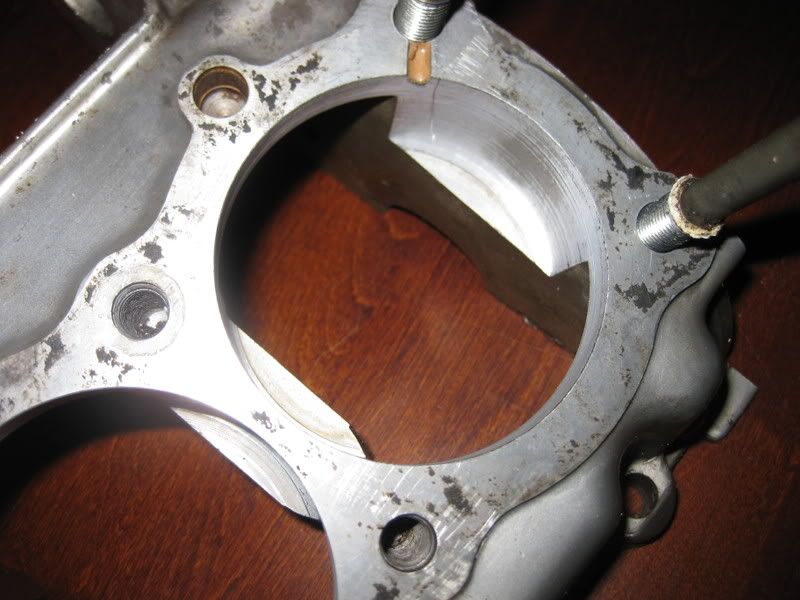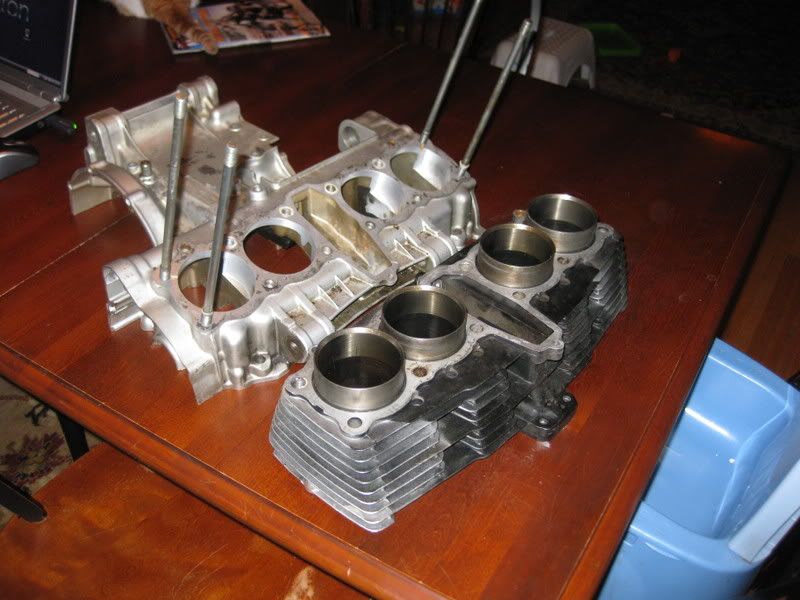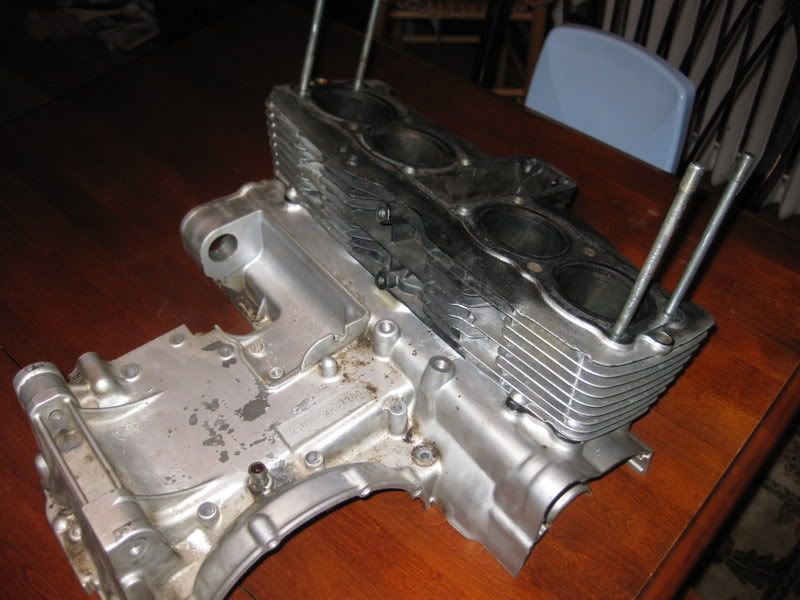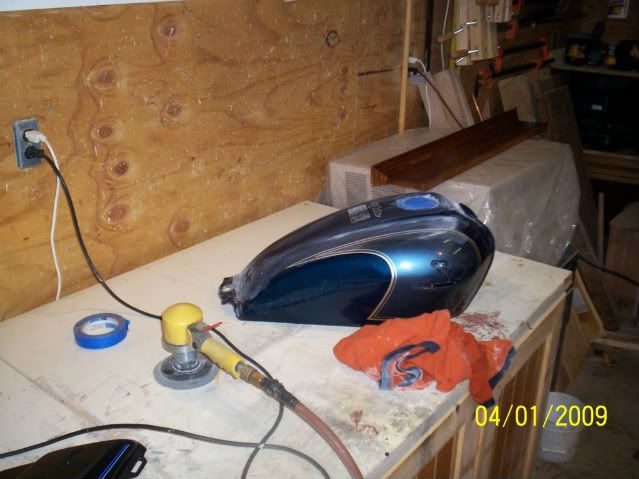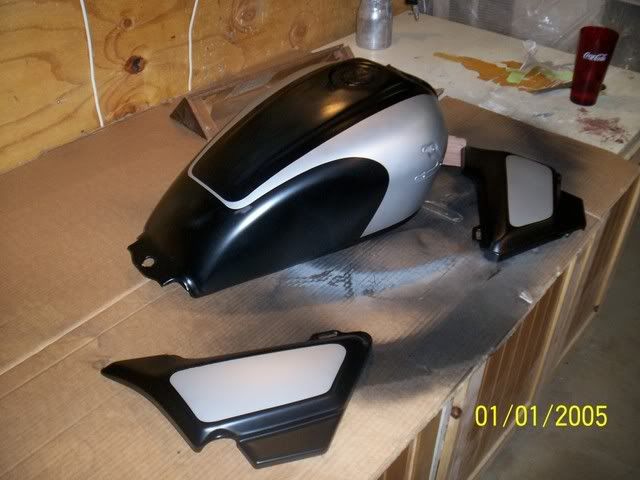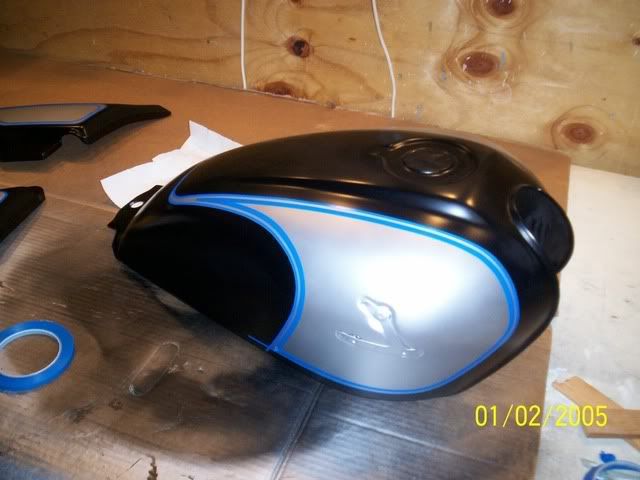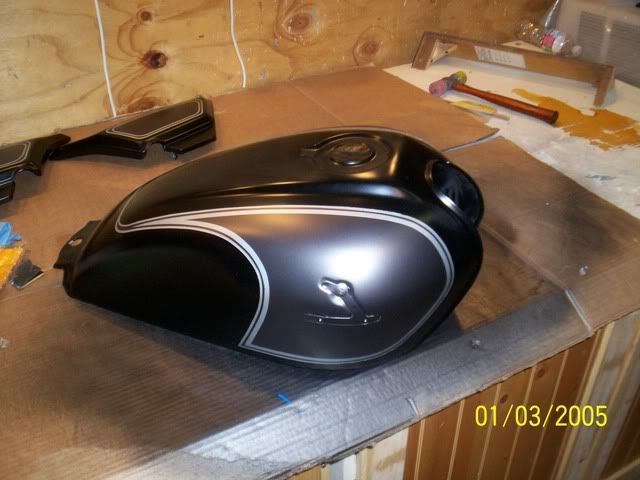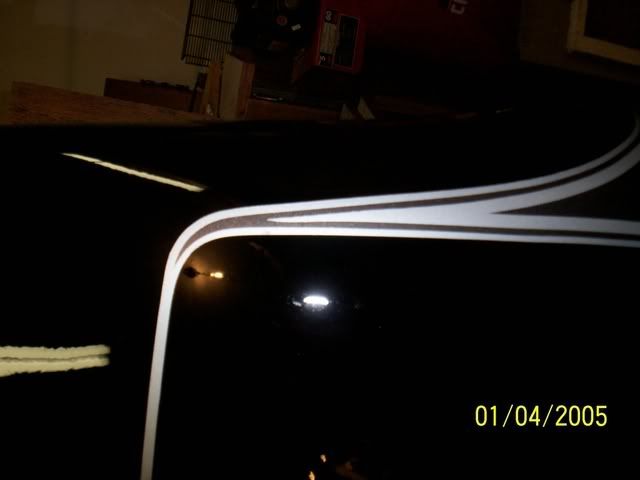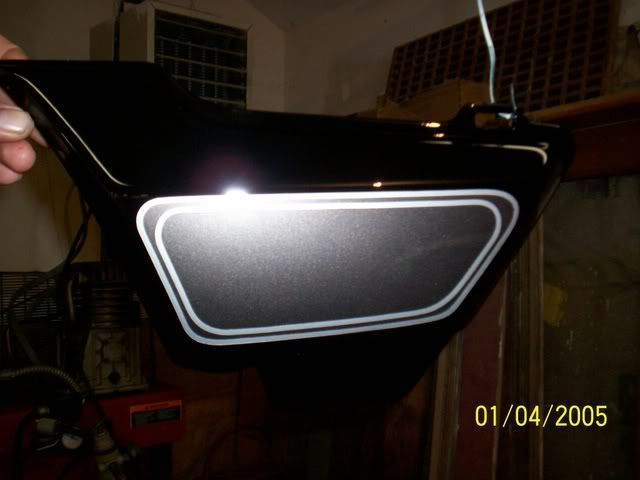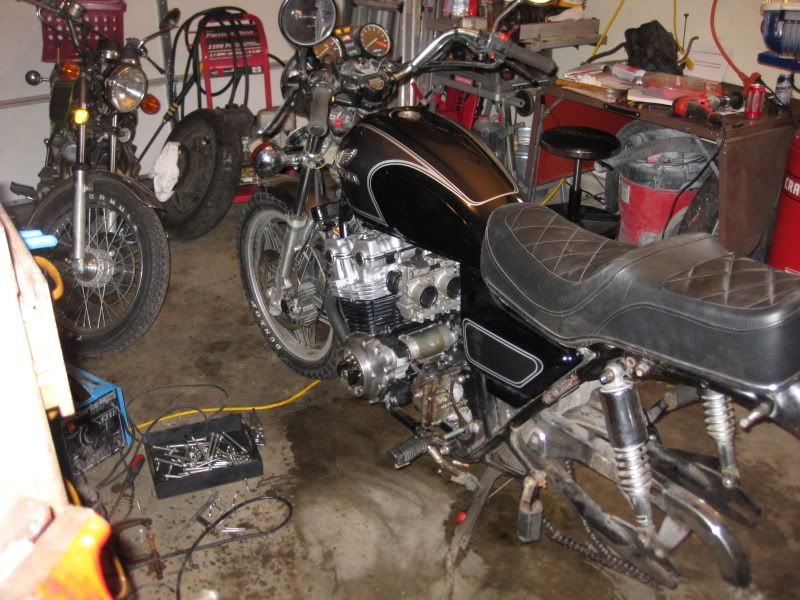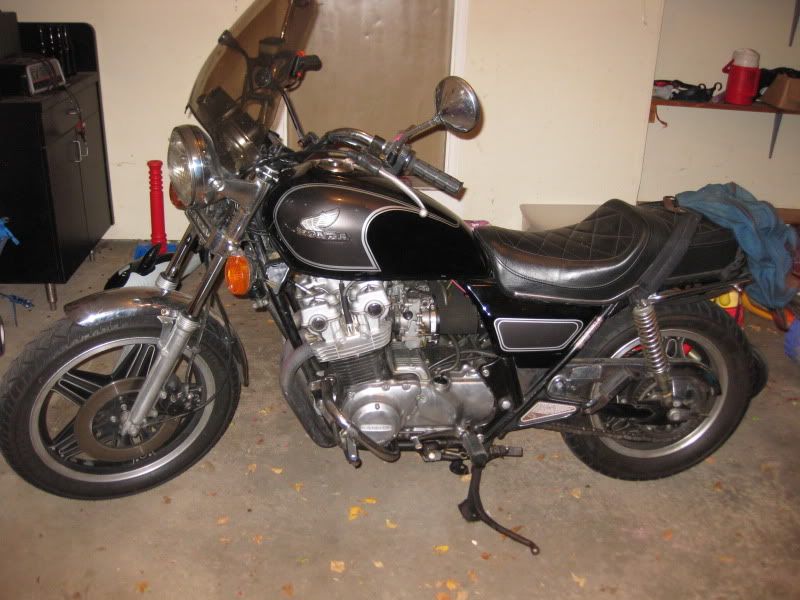tz375 wrote:Arne,
You remove and replace valves with a valve spring compressor. Good ones are only about 40 buck.
If teh valves are spotless and no signs of pitting on the seats, they can be lapped by hand with fine lapping paste and a hand held device that looks like a miniature toilte plunger. You spin it back and forth between your palms.
If there's any pitting, take the head and valves to your local Auto machine shop with a Serdi machine and have them grind all 16 valves and all 16 seats (three angle please).
If you plan on cleaning up the ports to remove any obvious small lumps, do it before you see the Serdi man.
It is all quite eas, but it takes time.
Thanks! I've been asking around a bit on some other forums...
I think I've got most of it figured out. Valves are out, I didn't use the valve remover to do that, though I will use it to put them back in.
(to get the valves out you can just ball a cloth into the head combustion chamber, set it on a flat table valve stem sides up, stick a bit of cloth in a socket and then give it one good hit and it all kindof just falls apart.)

Apparently you can't grind these honda valves because they have a thin hardened surface on them (you can only grind the seats)
This head is off of a bike with only 15000 miles on it, so everything looks pretty good.
It appears that most people run the valve into the hole, put some fuel line on the valve stem, and then pull and spin with fine valve lapping compound. Then they put it all together and fill the head combustion chamber with gas and if any of them drip anything you relap those valves. I'm going to try this as I don't have the little suction cup valve deal.
I'm not quite sure what if anything I should match or clean up in the intake ports (the small lumps you mentioned?) I'm probably just going to leave well enough alone in there as this is my first valve service job that I've done.
Thanks - Arne
